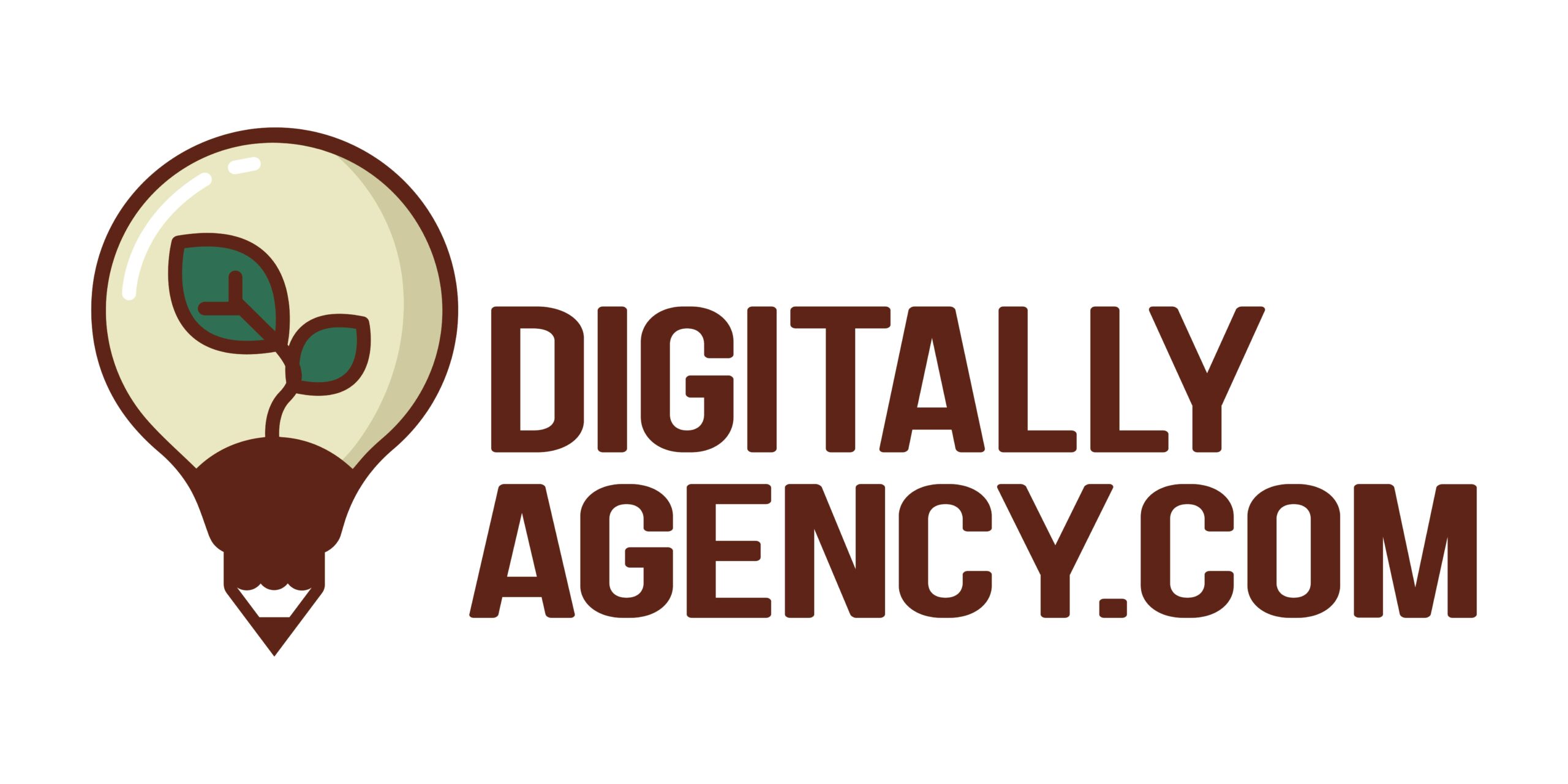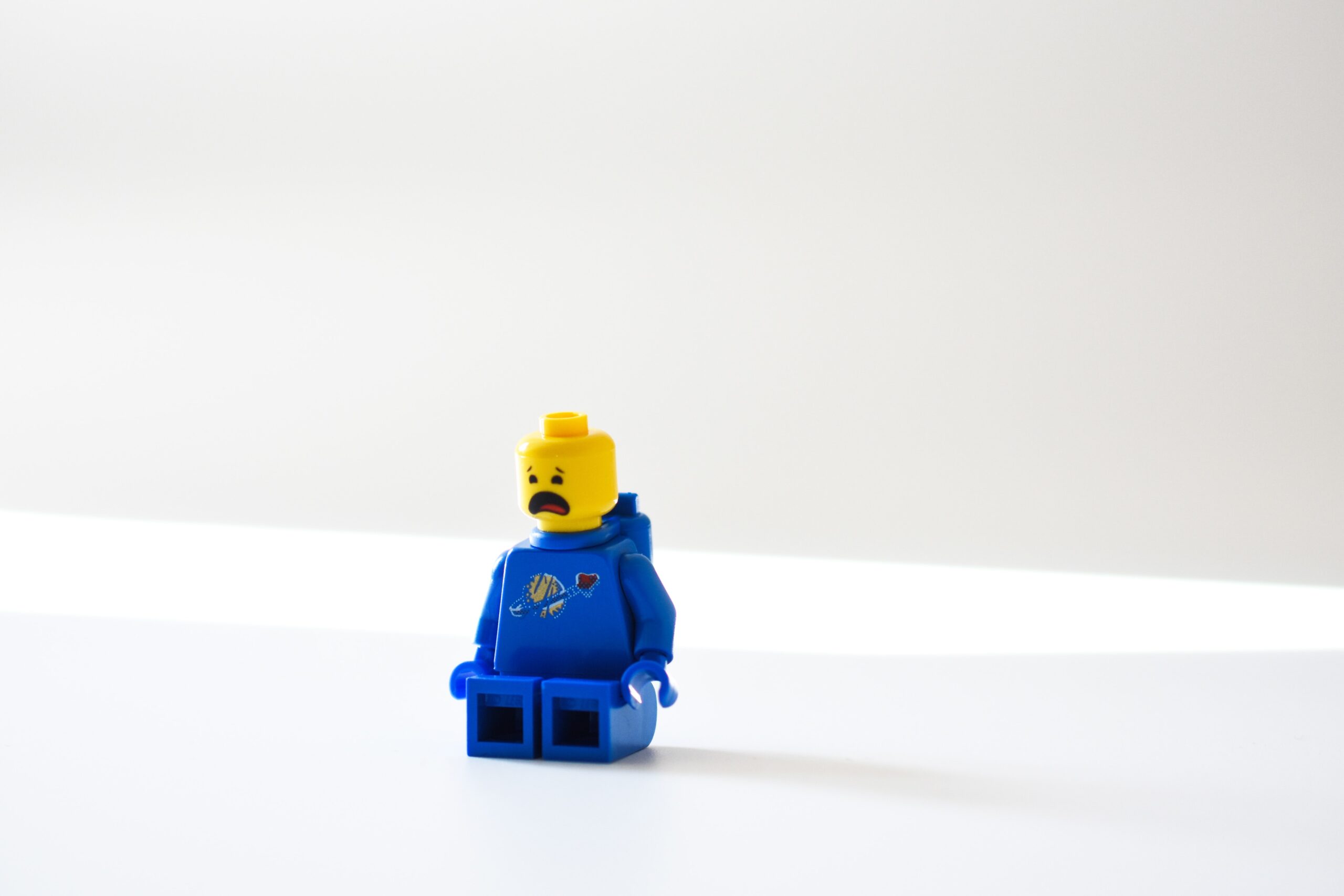According to research from the Stanford Web Credibility Project, 75% of consumers judge a website’s credibility based on web design. However, bad web design does more than make people trust you less. It comes with a host of negative effects that can hurt your company’s success in the long run. Here are the seven top negative effects of bad web design.
1. It Affects Your Brand Image
Bad web design affects the way people look at you. While your website might not look as bad as The World’s Worst Website Ever, web design is crucial for maintaining a positive brand image. Most customers’ first impressions of you are influenced by your web design. It only takes 0.05 seconds for people to make a decision about your site after landing on it, according to a study published in the Journal of Medicine and Life. Your website must look sleek and professional from the get-go, or else people may form a negative opinion of your brand and leave your site for good. Of course, 0.05 seconds (50 milliseconds) is not enough time for people to establish a thoughtful opinion backed by evidence. That proves that visual aesthetics matter a lot – it’s how beautiful your website looks that matters, not only how easy it is to navigate. However, if your website is hard to navigate, has too many ads or pop-ups, is not optimized for mobile, has a font that is difficult to read, or offers a poor UX in general, people won’t think highly of you. Do you not have the money to invest in hiring the right web designers? Do you just not care? Are you simply behind the times, not in tune with what consumers these days need? Those are questions that people will ask themselves – consciously or not.
2. It Damages Your Company’s Credibility
As I mentioned, three out of four people use web design to gauge your website’s credibility. Credibility is often influenced by people’s perception of your expertise. Poor web design points to a lack of expertise. It shows that you don’t know what you are doing, or that you don’t know how to satisfy consumers and provide them with what they want. Additionally, according to the study I mentioned above, aesthetics influence credibility. People form an opinion within less than a second of landing on your site, and better aesthetics increased credibility in 90% of cases. That’s especially true if you operate a digital marketing agency offering services like web design, SEO, and content marketing. However, regardless of your industry, poor web design reflects poorly on you and makes it harder for people to regard you as an authority in your niche.
3. It Frustrates Your Users and Potential Customers
Poor web design leads to a frustrating user experience. Someone made an excellent demo website demonstrating how frustrating many websites can be these days. Go through the demo website, which mimics a poor user experience online, to see for yourself. Things like incessant pop-ups, notifications, and ads all frustrate users and potential customers. You might think that putting more pop-ups on your page will give people more opportunities to sign up for your list, leading to more conversions. However, the reality is that it has the opposite effect. There are so many websites on the internet. You’re competing with all of them, and if you make it hard for visitors to navigate your site, you’ll lose them. It’s much easier to click the back button and find a new website than constantly click the X buttons on your many pop-ups. If your website is hard to navigate, and it’s hard for customers to find what they’re looking for in your menu, they will leave quickly.
What else can frustrate users and potential customers? Some other top culprits include:
- Self-playing videos
- Flashing animations
- Hard-to-read fonts
- Large blocks of text
- Too many bright colors
- Buttons that don’t work
- Lack of mobile optimization
- Paragraphs that are too wide for the screen
- Broken links
- Links that take visitors away from the site without opening in a new tab
- Too many fields in a form
- Too many steps in the checkout process
- Hard-to-find contact information
- A live chat box that makes constant pinging noises
4. It Drives Leads Away
Do you know the average amount of time people spend on web pages before leaving? Take a guess. If you guessed one minute, two minutes, or five minutes, you’re wrong. Across all industries, the average time spent on page is less than one minute (54 seconds, to be more exact). Here’s something even more shocking: According to user behavior analytics culled from more than 2 billion visits, more than 55% of people spent less than 15 seconds reading the pages they visited. Why do people leave so early? The answer, as I mentioned before, is that there are so many other options to check out that people are spoiled for choice. So, what can you do to ensure people stay longer on your site? Perhaps one of the most critical factors that can increase time spent on page is ensuring you have excellent web design and your page is easy to read and navigate. Let’s consider a common mistake, which is not including enough white space on your blog. Blocks of text that are too long, without images, headers, or spaces to break them up, can seem overwhelming to users, driving them away from your site and causing you to lose leads. It’s not just potential customers you’ll be driving away. If you’re running a local backlink building campaign, people won’t want to link to your site if it has a poor design that looks outdated.
5. It Reduces Sales
Poor web design can reduce sales in several ways. Let’s take a poorly designed checkout page or cart, for example. Someone might want to change the quantity of a certain item in their cart, but if there’s no visible way to do that, they might buy only one instead of three. Or, if the checkout page is not secure, or if it doesn’t have security badges to increase trust, people may decide not to enter their payment information and never buy from you. A poorly designed email signup form can cause people to abandon the signup process in the middle of filling out the form. While that might not lead to reduced sales right away, it will lead to that in the long term. If your website is not mobile-optimized, people might have a hard time browsing your catalog and checking out on their phones and tablets. Considering the rapid growth of mobile ecommerce, you could lose a large portion of your sales.
6. It Wastes Your Time With Endless Revisions
If your website is poorly coded, or if you’re using poorly-coded plugins or a bad theme, you’ll face constant problems and bugs that you’ll need to deal with. From elements of your page that aren’t loading properly to forms that aren’t working, these endless revisions and fixes can not only frustrate customers but you as well, taking up your precious time and hampering your productivity. The worst kind of problem you can face is a security breach. If a hacker manages to get hold of sensitive customer information due to you using bad code, any degree of trust customers had in you will be lost quickly. That type of loss is hard to recover from.
7. It Gives Your Competitors an Easy Advantage
Finally, not caring about your web design is one of the easiest ways to give your competitors an easy advantage. Good web design isn’t as expensive as it used to be. Things as simple as choosing the right theme, using the right plugins, and hiring the right people for the job make a big impact. Your competitors are probably paying attention to web design, and you should be too, unless you want to give them a head start. Think about it. If consumers see your website, which is poorly coded, poorly maintained, and offers a bad user experience, and compare it with your competitor’s website, which is the exact opposite, which website will they go with? They’ll trust your competitors more and probably end up buying from them instead of you. That’s true even if the actual quality of your products is better. Customers don’t have a real way of knowing that without buying both of your products and comparing them in real life, but who has the time or money for that? They’ll go with their first impressions of both of you, and those first impressions will be shaped by your respective websites.
Final Thoughts
Now is the time to start caring about web design. Poor web design isn’t always intentional; rather, it’s a result of overlooking small details and not understanding how simple changes affect the user experience and shape people’s first impressions of you. Often, it’s as simple as using the right theme, not including distracting elements, and using a minimalist strategy to make your site simpler to navigate.

